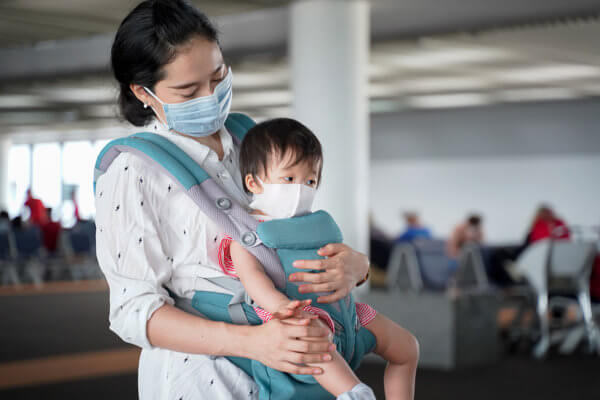Article Courtesy of Usnews.com
Despite progress in establishing clean indoor air policies, 42 percent of U.S. children are still exposed to secondhand smoke each week, according to a new survey.
Secondhand smoke increases children’s risk of developing asthma, ear infections and cavities and increases infants’ risk of sudden infant death syndrome (SIDS).
Among the other major findings from the Social Climate Survey of Tobacco:
-Seventy-five percent of American households forbid smoking in the home and car, but children in one-quarter of U.S. families aren’t protected from secondhand smoke.
-Among parents who smoke, only 53.5 percent prohibit smoking in the home and only 22.5 percent forbid smoking in the family vehicle.
-More nonsmokers than smokers prohibit smoking in their home.
-More than 25 percent of smokers report that children have been exposed to smoke in their home.
-About 8.1 percent of U.S. parents report that their child has been exposed to secondhand smoke in an indoor public place in the past seven days.
“Children especially deserve smoke-free environments, and all public places where children eat and play should be protected from secondhand smoke,” Dr. Jonathan Klein, director of the American Academy of Pediatrics Julius B. Richmond Center for Excellence, said in an AAP news release. “Adults have the power to make healthier decisions for their children, and there needs to be more done to protect children in homes and cars from the dangers of secondhand smoke.”
“The effects of secondhand smoke are serious and should not be minimized,” added Cheryl G. Healton, president and CEO of the American Legacy Foundation, which is dedicated to reducing tobacco use in the United States.
“Addressing this issue starts with helping adult smokers and parents quit. Most know they are dealing with a tough addiction, so pediatricians and others can provide the tools and resources for parents to re-learn their life without cigarettes,” Healton said in the news release.
Secondhand smoke increases children’s risk of developing asthma, ear infections and increases infants’ risk of SIDS.



